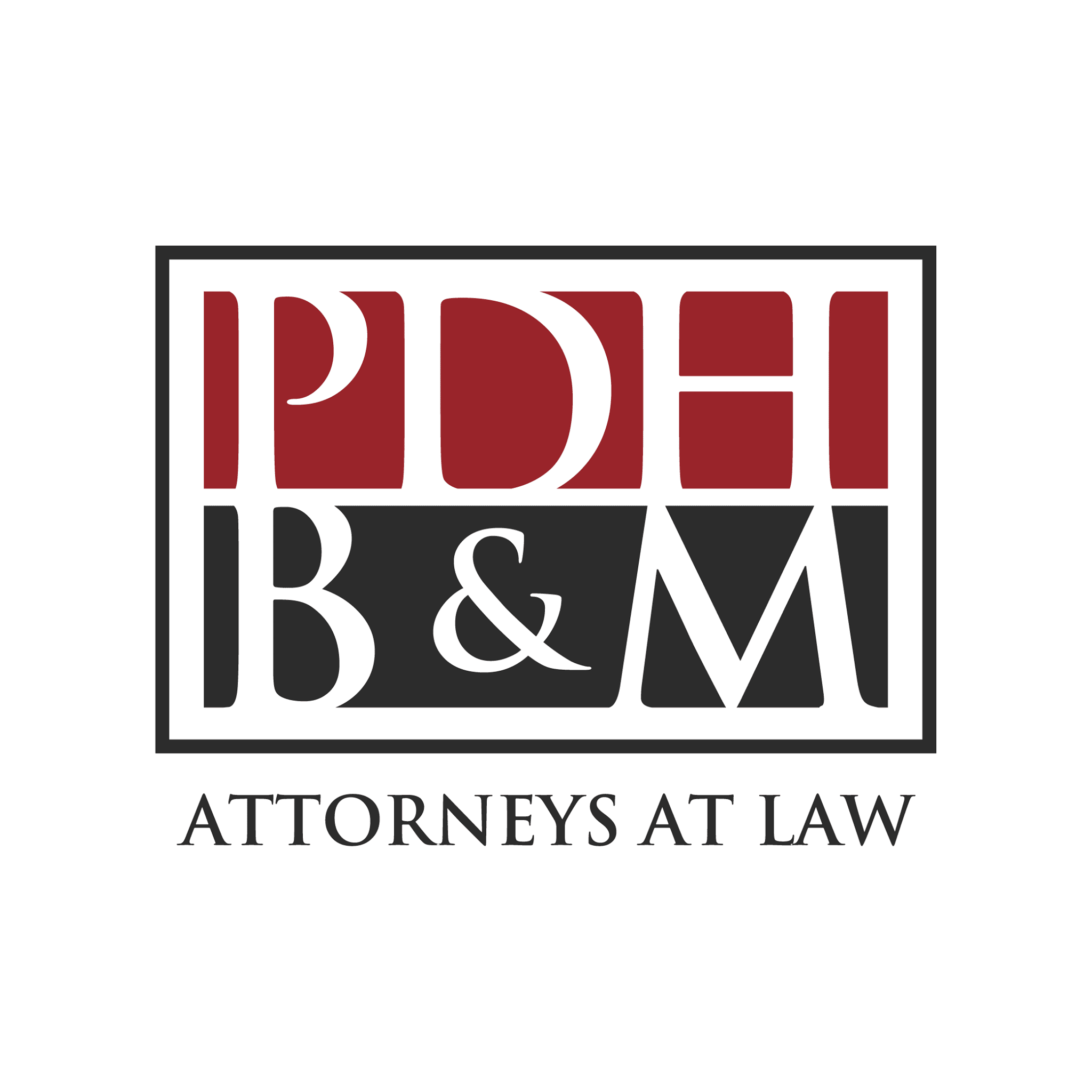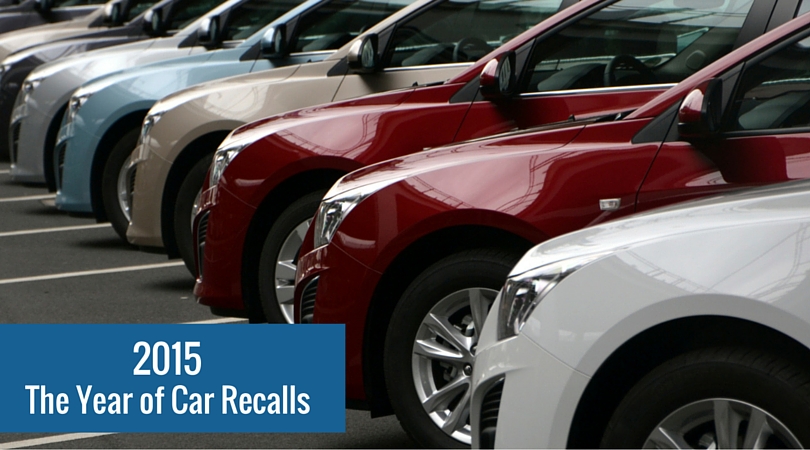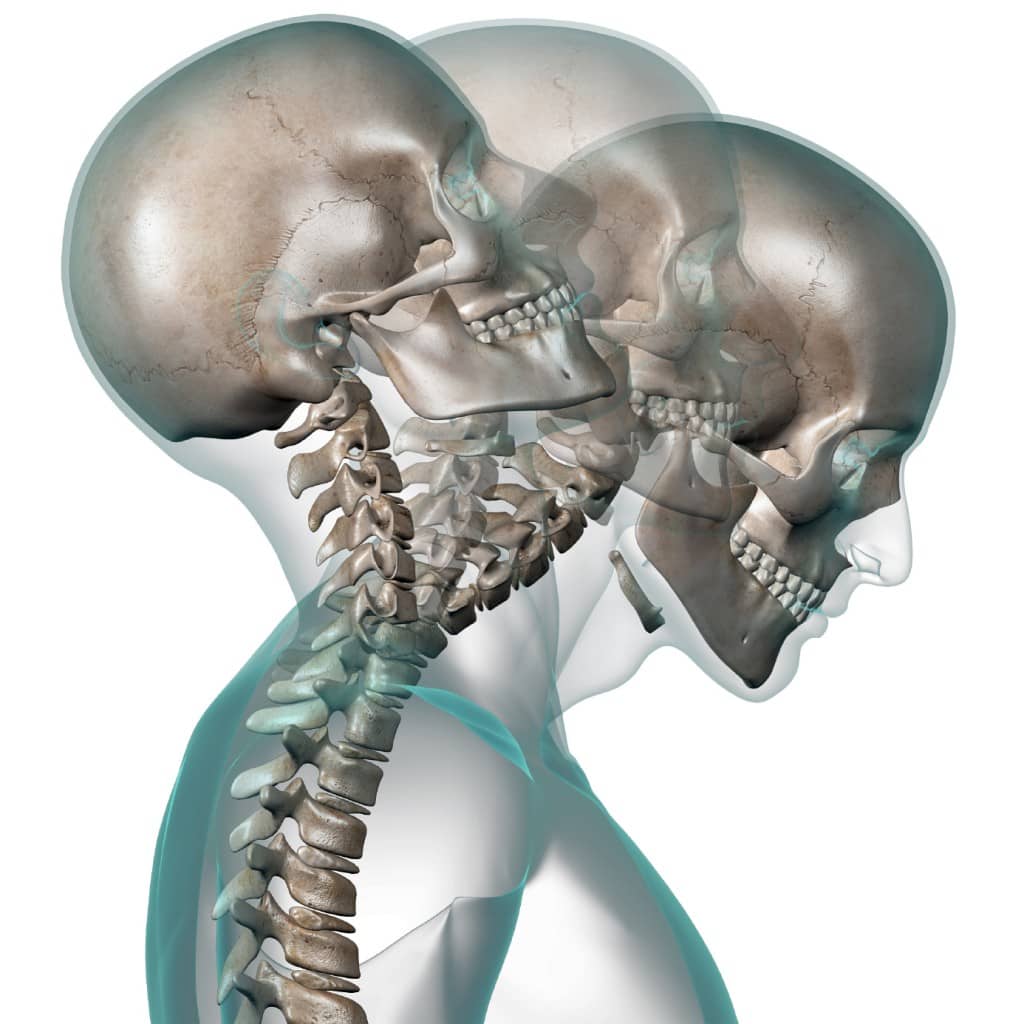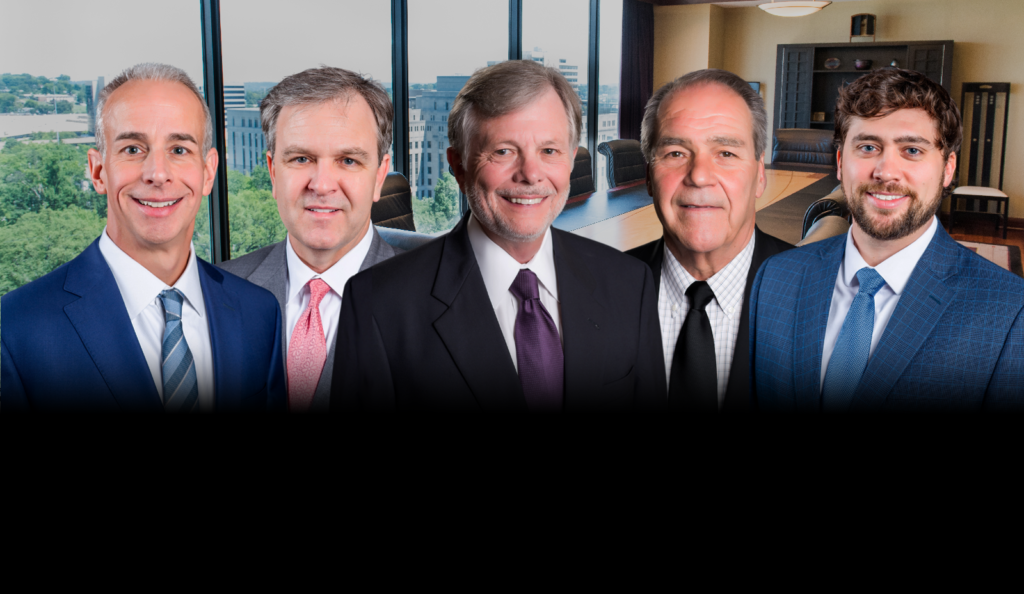Motorcycle Safety Awareness Month: Tips to Stay Safe
May is Motorcycle Safety Awareness Month, a time when it is vital for both motorcyclists and other vehicle drivers to be aware of riders. Riding a motorcycle is an exhilarating experience for many – you can find reasons why riding a motorcycle is fun here – but it also poses a greater danger than other types of driving. The National Safety Council’s Injury Facts 2017 Edition reports while motorcycles only account for 3 percent of all registered vehicles, motorcyclists account for 14 percent of traffic fatalities.A crash that would cause a mere scratch on an SUV has the potential to completely knock a motorcycle rider off the bike. Distracted drivers pose a huge threat to motorcyclists, and even drivers who open up their car doors in traffic can hit someone on a motorcycle. Hard braking by other drivers may warrant the same from a motorcyclist, who may fly off the bike as a result. Road obstacles and debris ranging from gravel to rainwater to potholes can impact a ride.You should never ride a motorcycle in traffic without the proper training and practice. Here are some tips for staying safe on the road if you ride a motorcycle.
Wear a Helmet
You might be surprised to learn that not every state has a law requiring the wearing of a helmet when you ride a motorcycle. The Insurance Institute for Highway Safety reports only 19 states, plus the District of Columbia, have universal helmet laws requiring all motorcyclists to wear a helmet. If you ride in a state where it’s the law, wearing a helmet helps protect you in case of an accident where you have to hire a motorcycle accident lawyer. Before you ride, it’s wise to learn and memorize all motorcycle laws so you can abide by them and ensure maximum protection in an accident.Whether or not your state has a helmet law, wearing one whose features are in line with U.S. Department of Transportation standards is the best way to stay safe, reports the Centers for Disease Control and Prevention. Helmets reduce fatality risk by 37 percent and reduce head injury risk by 69 percent. In 2013, helmets saved an estimated 1,630 lives for motorcyclists involved in accidents. Wearing one doesn’t just keep you legal in many states, it protects your brain and your life.
Don Protective Clothing
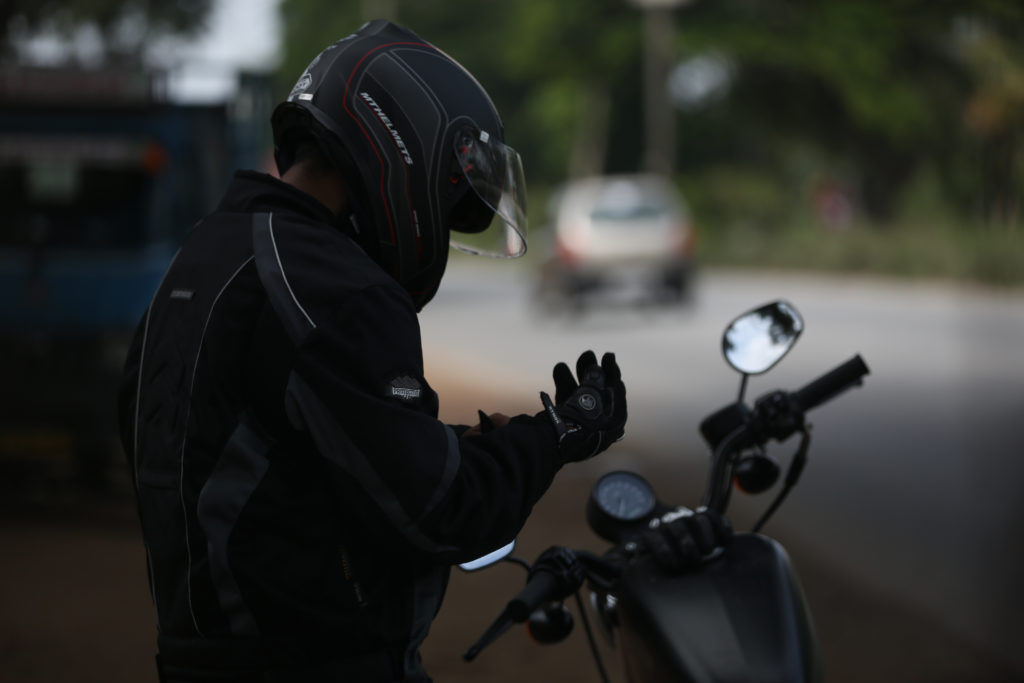
Wearing layers helps prevent cuts, rashes, and burns in case of an accident. Leather is a widely adopted fabric of choice by motorcyclists, since it is durable, is flexible, and adds a more protective barrier compared to other types of clothing. Even in warm weather, a protective jacket should be worn, and many motorcycle shops sell jackets that have temperature control so your skin can breathe while you wear it.
Make yourself more visible to other motorists by wearing bright colors or reflective clothing. A neon helmet, helmet with neon stickers on it, or brightly colored jacket alerts drivers who may not be paying attention that you’re in their area. Adding protective, ventilated eyewear to your ensemble protects your eyes in case of flying debris like rocks.
Choose the Appropriate Bike
Make sure that whatever motorcycle you purchase is an ideal fit for your height and body type. Being comfortable on your bike allows you to more quickly adapt to changing road conditions and can make you feel more secure as you ride. New riders should consider cruisers, since their engines are optimized for lower speeds, and their low seats allow you to easily put your feet on the ground.
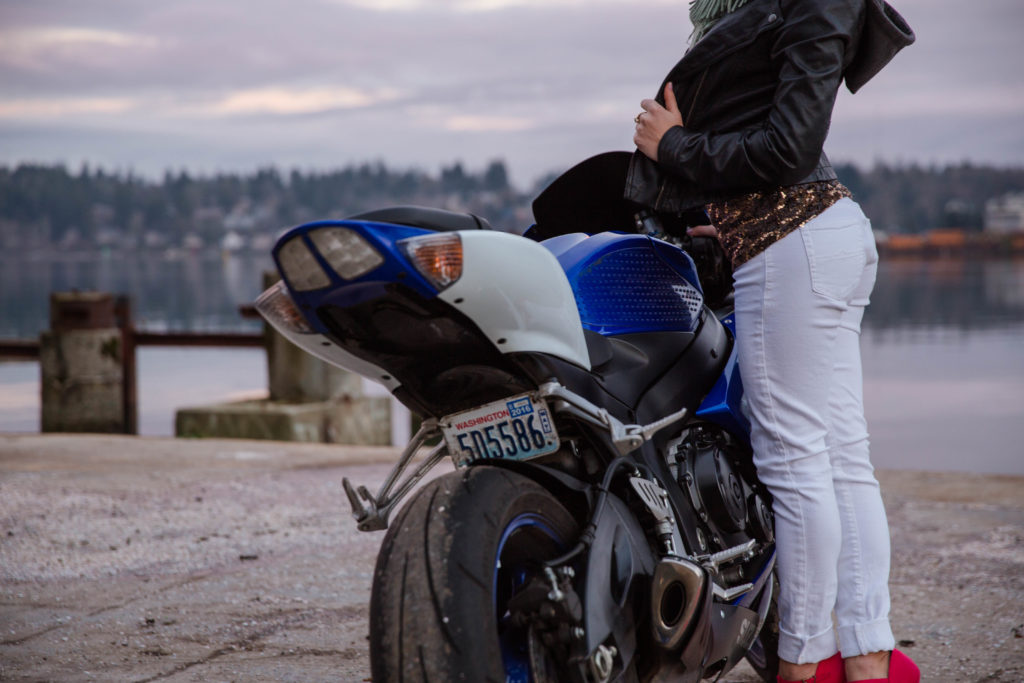
Carefully consider the engine of the bike you choose, since supersport bikes are deadlier than standard or cruiser bikes. These types of vehicles are built for racing and have increased horsepower, which makes dangerous behaviors like speeding or taking sharp turns even riskier.
Avoid Hazards
There are some hazards that are beyond your control, and some which you can avoid at all costs. All increase your likelihood of a crash or fatality. In addition to following all driving laws on the road, be sure to avoid:
- Drinking and driving: Avoid alcohol before riding a motorcycle, as well as prescription and illegal drugs
- Texting and driving: Make sure both hands are on your bike at all times, and never use a mobile device while riding
- Loud music: A blaring headset can affect your ability to hear important traffic cues or decrease your alertness on the road
- Puddles, oil slicks, and road work: Take extra care to notice road work and slow down while riding through it, and refrain from riding in inclement weather
- Unsafe drivers: Be aware of the driving behavior of other motorists around you, and if you see unsafe driving like illegal lane changes or increases in speed, stop riding near the motorist
Unfortunately, you can take all the motorcycle precautions possible and still be the victim of a crash because of someone else’s poor driving. It is essential to seek medical attention immediately after any accident and keep a log of all injuries and doctor interactions. Photograph the scene, including your vehicle and the other vehicle, and injuries. You should also document the names and contact information of all witnesses. This information will help your personal injury case. Contact your insurance agency, and consider hiring a motorcycle lawyer if you need help with the claims process or have experienced an injury.Motorcycle riding should be fun and enjoyable. By investing in training, proper equipment and clothing, and the right bike, you can increase your ability to stay protected. Be vigilant of everyone you’re sharing the road with, and take a cautionary attitude to ensure a safe ride.

